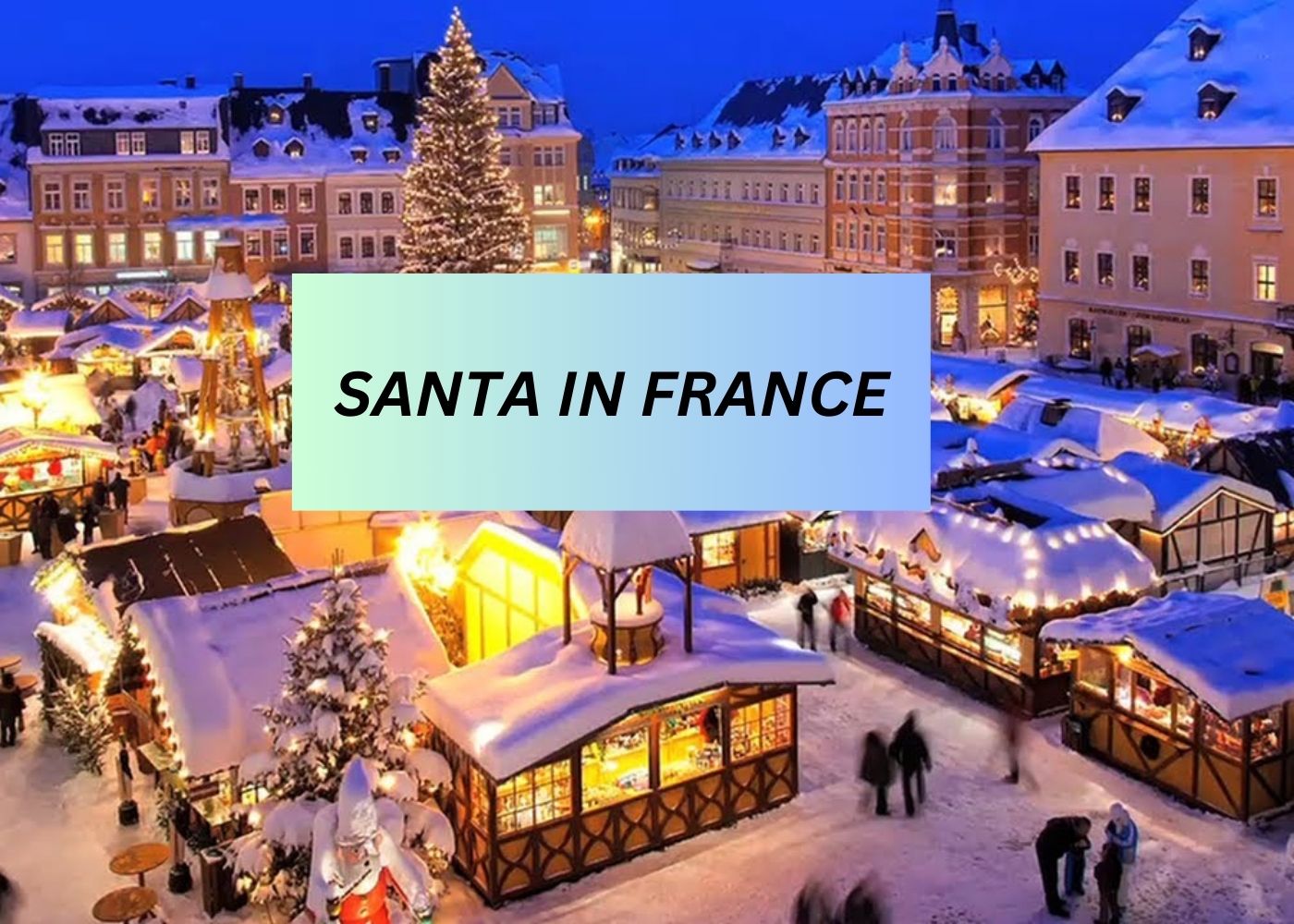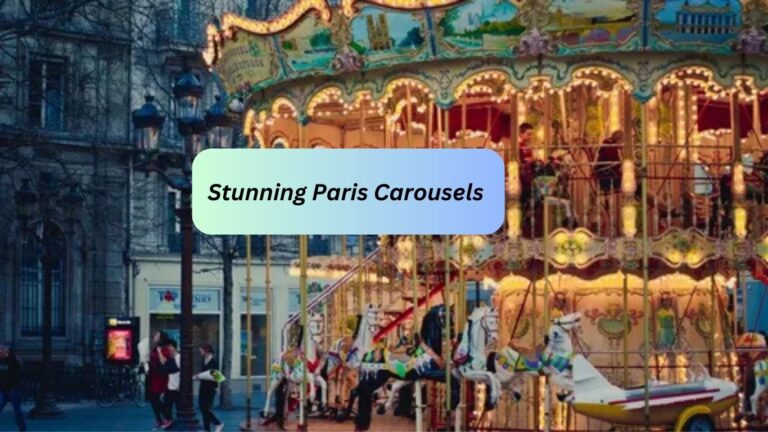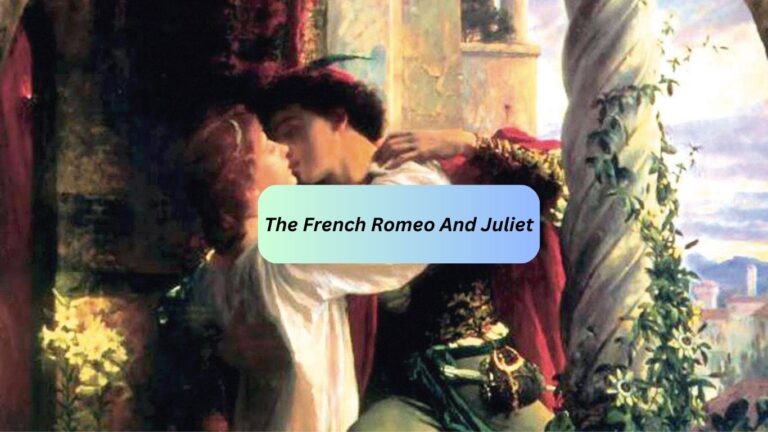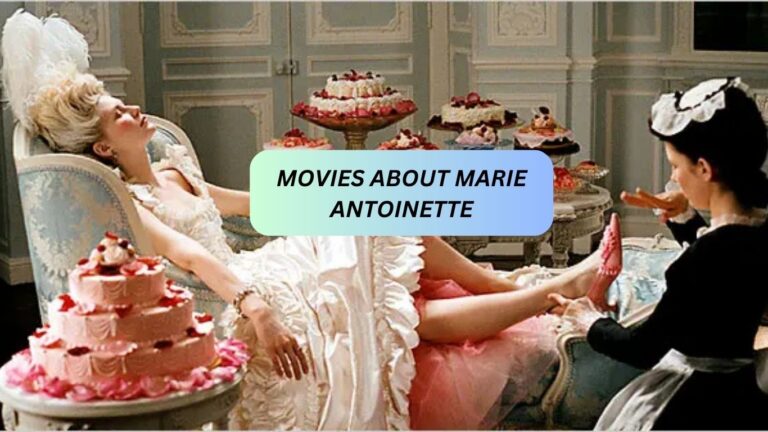What Do They Call Santa In France? (A Holiday Hero) In 2024
Have you ever wondered what they call Santa in France? In France, Santa Claus is known as Père Noël, which translates to Father Christmas. The French also have another figure associated with gift giving during the holiday season: Le Père Fouettard. This character, whose name means the whipping father, is said to accompany Père Noël on his rounds and punish naughty children.
THINKING OF SPENDING CHRISTMAS IN FRANCE
Celebrating Christmas in France offers a unique experience filled with enchanting decorations, bustling markets, and delicious culinary delights. From savoring traditional dishes like bûche de Noël (Yule log cake) to witnessing elaborate nativity scenes in churches across the country, immersing oneself in French Christmas traditions can be truly magical. The French tradition of Père Noël often involves leaving out shoes instead of stockings for gifts to be placed inside a charming twist on the classic Christmas custom.
IF YOU WANT TO READ ABOUT DRINKING PASTIS IN FRANCE:
WHAT IS THE FRENCH PRONUNCIATION Of PÈRE NOËL?
The French pronunciation of Père Noël is commonly pronounced as pair no ell in modern French. The term comes from the Latin Pater Noster, meaning Our Father, and evolved into the figure we now know as Santa Claus. In some regional French dialects, you may hear variations such as pé reu no well or peh reh nu el.Understanding the nuances of language and pronunciation can enhance our appreciation for cultural traditions like Christmas around the world.
IF YOU ARE INTERESTED IN READING ABOUT MUSIC FESTIVAL IN FRANCE:
THE HISTORY Of LE PÈRE NOËL (SANTA IN FRENCH)
Le Père Noël, known as Santa Claus in English, has a rich history rooted in French folklore. The origins of this legendary figure can be traced back to St. Nicholas, a Christian bishop renowned for his generosity and gift giving.
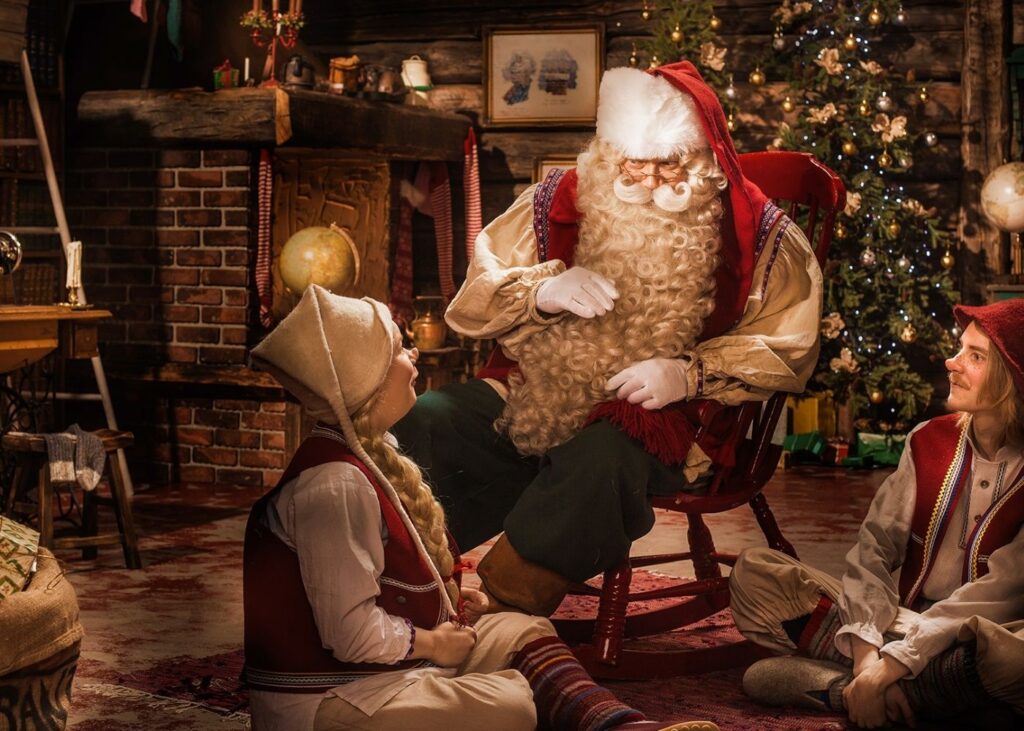
One interesting aspect of Le Père Noël is his association with Christmas stockings. While this practice is popular in many countries, it has its own unique twist in France. Children there traditionally hang their stockings by the fireplace on Christmas Eve, hoping that Le Père Noël will fill them with treats while they sleep. Overall, the history of Le Père Noël reflects a blend of ancient traditions and modern customs that continue to captivate people around the world.
THE ORIGINS OF SAINT NICHOLAS
Saint Nicholas, also known as the inspiration for Santa Claus, has a rich history that dates back to the 4th century in Myra, modern day Turkey. Born into a wealthy family, Nicholas dedicated his life to helping the poor and the needy, becoming known for his generosity and compassion.
One of the most famous stories about Saint Nicholas is how he saved three poor sisters from being sold into slavery by providing them with dowries so they could marry.
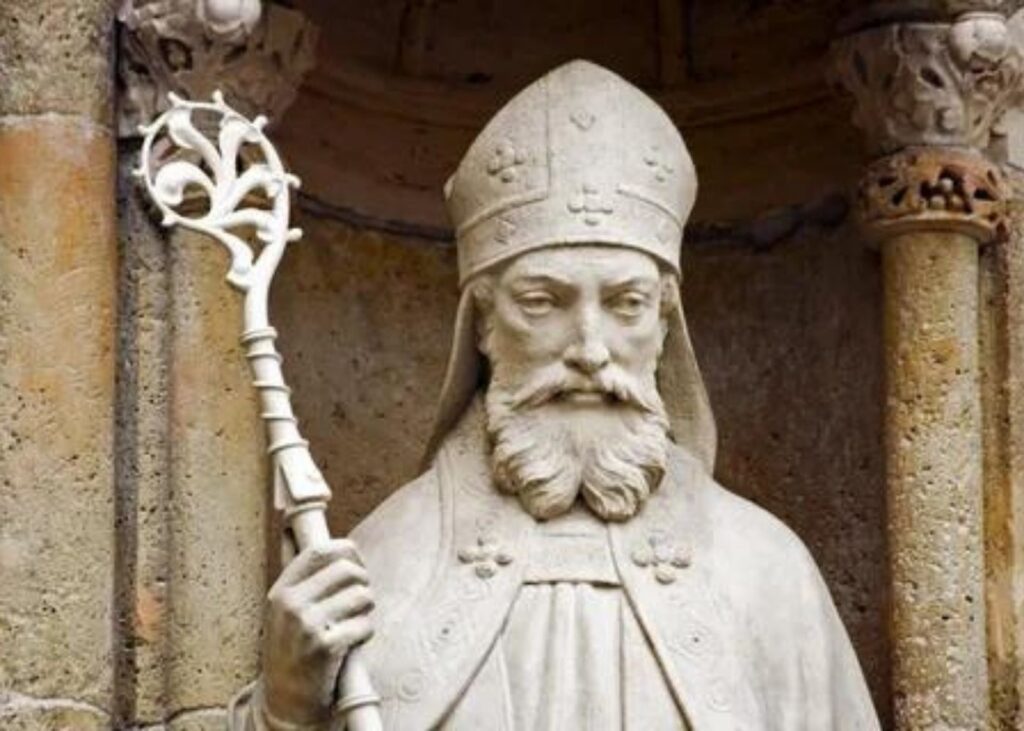
Despite his popularity as a gift giver and protector of children, Saint Nicholas was also revered by sailors and those in need of assistance during times of hardship. The tradition of gift giving on December 6th, known as St. Nicholas Day, continues to be celebrated in many countries around the world in honor of his legacy as a symbol of kindness and generosity.
THE LEGEND OF SANTA CLAUS IN FRANCE
In French folklore, Père Noël is depicted as a tall figure dressed in red robes with a long white beard, similar to the American version of Santa Claus. However, the origins of Père Noël can be traced back to Saint Nicholas, a Christian saint who was known for his generosity and kindness. One unique aspect of the French tradition surrounding Père Noël is the celebration of Christmas on December 24th, known as Le Réveillon.
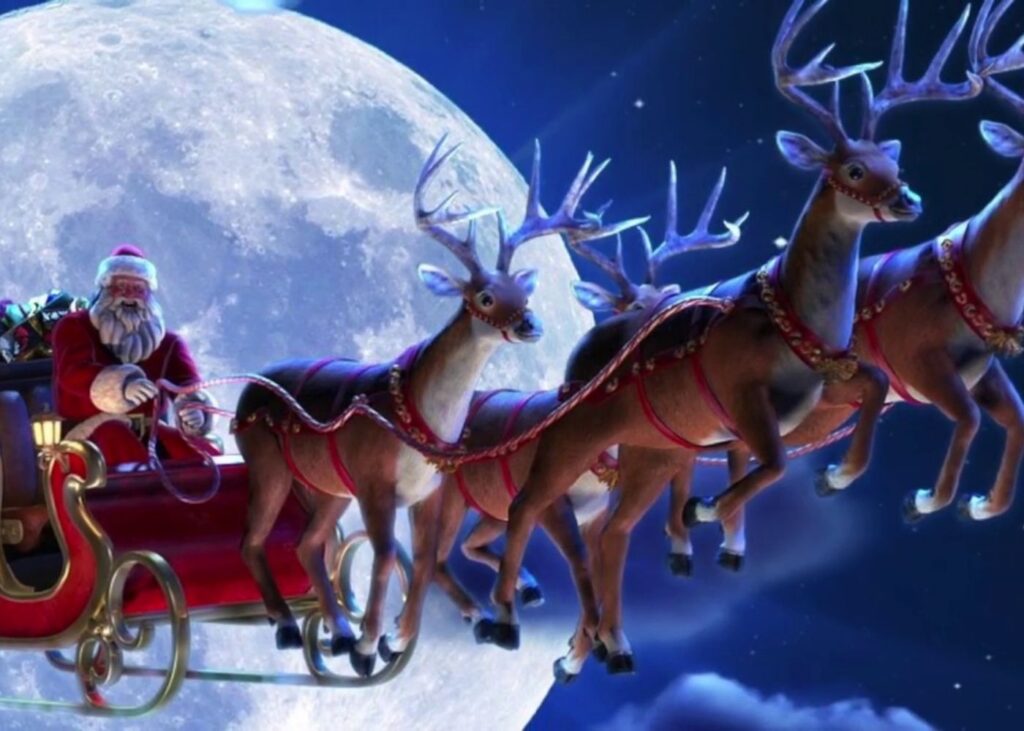
SANTA TRADITIONS IN DIFFERENT PARTS OF FRANCE
In Provence, the tradition of Santa Claus takes a unique twist with the arrival of the Père Noël. This character is said to reside in the French Alps and descends into villages on Christmas Eve to deliver gifts. Children leave their shoes by the fireplace or under the tree, and in return for their good behavior throughout the year, they receive presents from Père Noël.
In Alsace, another intriguing custom involving Santa Claus has been passed down through generations. Here, children believe that St. Nicholas visits on December 6th to reward those who have been good with sweets and treats. However, for those who have misbehaved, he comes accompanied by a fearsome counterpart named Le Père Fouettard who dispenses spankings instead of gifts a stark contrast to the typical jolly figures seen in other regions.
FRENCH CHILDREN DON’T HANG STOCKINGS ON THE FIREPLACE
The concept of hanging stockings on the fireplace may have been popularized in other countries through cultural exchanges and media influences. In France, however, the tradition of using shoes as receptacles for gifts remains strong among families during the holiday season. This unique aspect of French Christmas celebrations adds a charming and personal touch that reflects the country’s rich cultural heritage and traditions.
While hanging stockings may be a prevalent Christmas tradition in many parts of the world, learning about different customs like placing shoes instead sheds light on the diverse ways in which people celebrate this festive time of year. The beauty lies in appreciating these variations and understanding the cultural significance behind each unique practice.
PRESENTS ARE OPENED ON CHRISTMAS EVE NOT ON CHRISTMAS MORNING
In many European countries, Christmas presents are traditionally opened on Christmas Eve rather than on Christmas morning. This custom can be traced back to a variety of cultural and historical factors. For example, in some cultures, it is believed that gifts should be exchanged at the beginning of the holiday celebration so that family members can enjoy them throughout the festivities.
Moreover, opening presents on Christmas Eve can create a sense of anticipation and excitement leading up to the actual day of Christmas. It adds an extra element of joy and surprise to the holiday season. By opening gifts early, families have more time to relax and savor their time together on Christmas Day without the distraction of unwrapping presents.
FRANCE DOESN’T CELEBRATE BOXING DAY
In France, the day after Christmas is not celebrated as Boxing Day like in many other countries. This tradition can be traced back to a historical context when the French Revolution abolished many religious holidays and traditions. Instead, December 26th is typically observed as Saint Stephen’s Day, honoring the first Christian martyr.
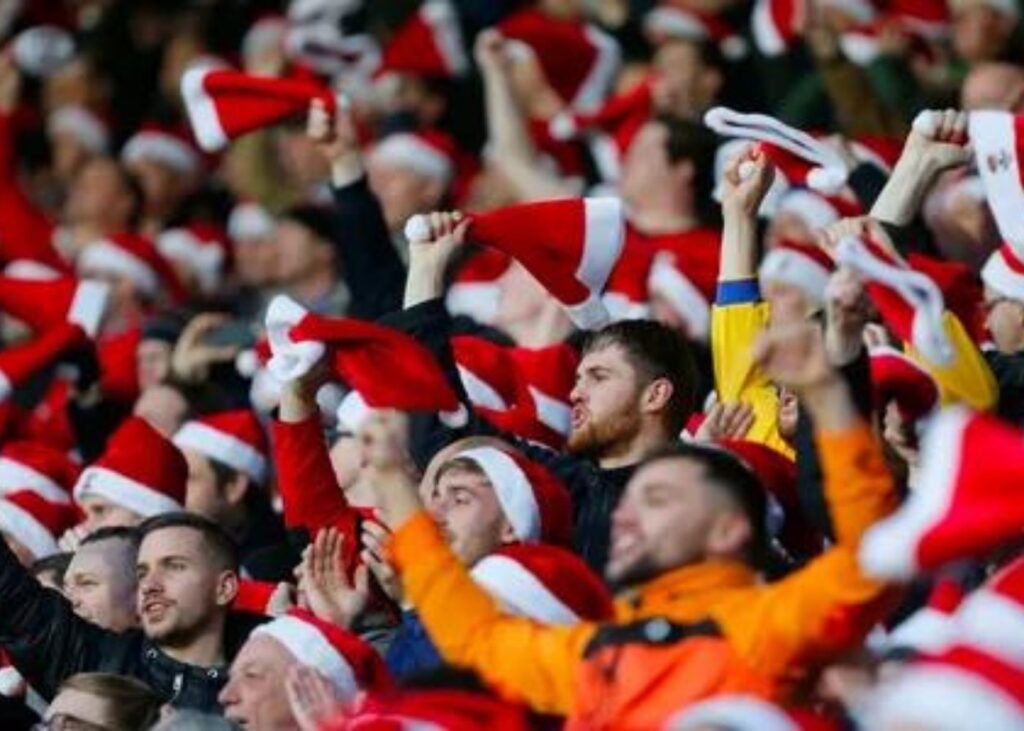
French culture places a strong emphasis on spending quality time with family during the holiday season, which often involves lingering over festive meals and enjoying each other’s company. While shopping sales and post holiday discounts are common in some countries on Boxing Day, in France, the focus is more on relaxation and savoring moments with loved ones.
SANTA AND THE POST OFFICE IN FRANCE
One fascinating aspect of the partnership between Santa and the post office in France is its long history dating back to the early 20th century. The tradition began with children writing letters to Père Noël (Father Christmas) and dropping them in special mailboxes set up by La Poste, the French postal service. These letters were then collected and sent to Santa’s workshop at the North Pole.
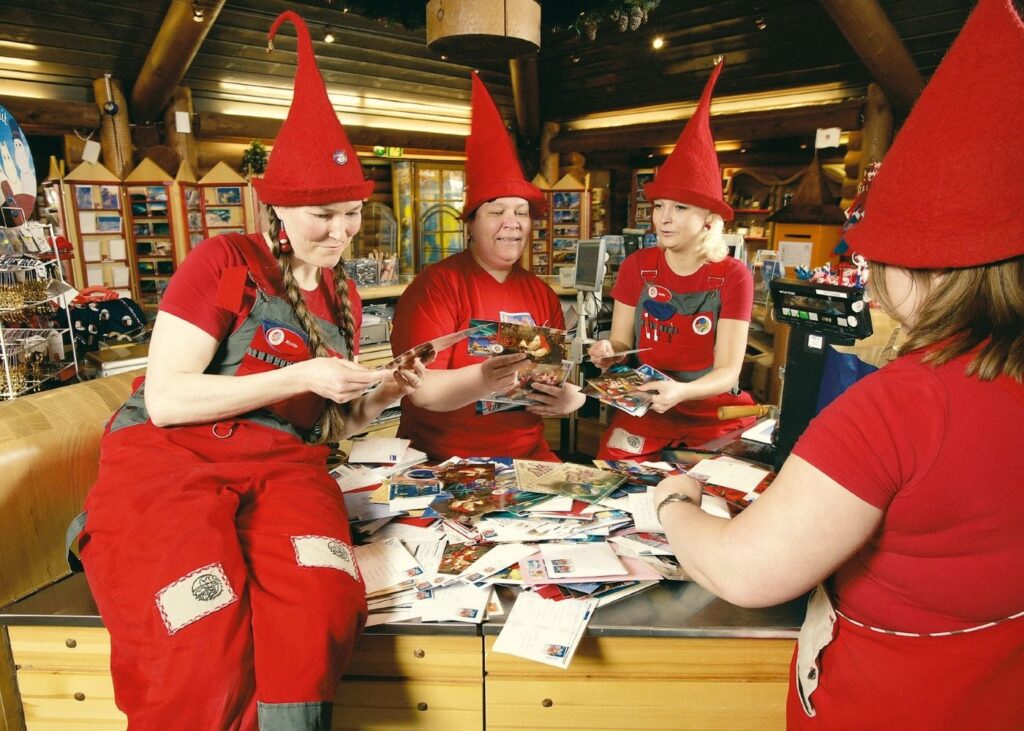
Over time, this collaboration evolved into a more organized system where La Poste would respond to each child’s letter on behalf of Santa, adding a touch of magic and delight to the holiday season. This unique initiative highlights France’s commitment to preserving traditions while embracing modern technology, as now children can also send their wishes digitally through emails or online forms provided by La Poste.
CHRISTMAS CELEBRATIONS AND FRENCH TRADITIONS IN DIFFERENT REGIONS Of FRANCE
In the Alsace region of France, Christmas celebrations are marked by unique traditions that blend French and German influences. One notable tradition is the Advent wreath, a symbol of hope and light with its four candles lit each Sunday leading up to Christmas. In Provence, the holiday season is filled with colorful nativity scenes called Santons, handcrafted clay figurines depicting characters from the Christmas story.
In Brittany, an interesting tradition known as Les Calendes involves children dressing up in costumes and going door to door to receive treats on New Year’s Day. Meanwhile, in Corsica, a special feast called Cena Natale is prepared on Christmas Eve featuring local dishes like roasted chestnuts and wild boar.
If you want to read about best TRADITIONAL CHRISTMAS FOODS IN FRANCE:
THE BEST PLACE TO SPEND CHRISTMAS IN FRANCE
One of the best places to spend Christmas in France is in the charming city of Strasbourg, known as the Capital of Christmas. With its stunning light displays, festive markets, and unique Alsatian traditions, Strasbourg offers an unforgettable holiday experience. Visitors can stroll through the picturesque Old Town adorned with twinkling lights, indulge in traditional Alsatian cuisine such as bredele cookies and mulled wine, and shop for handmade ornaments at the famous Christkindelsmärik market.
Another magical destination for a French Christmas getaway is Provence, where visitors can experience a more laid back yet enchanting holiday atmosphere. The region comes alive during Christmas with vibrant nativity scenes known as santons displayed in villages, dazzling light shows illuminating historic buildings like Agnon’s Palais des Papes, and delicious culinary specialties like the 13 desserts of Provence served on Christmas Eve.
FINAL THOUGHTS ON SANTA IN FRANCE
Experiencing Christmas day in France leaves one with lasting memories of laughter, love, and unity. It serves as a reminder that amidst all the hustle and bustle of modern life, there is still space for meaningful connections and moments of true joy shared with those we hold dear. As we bid farewell to another magical Christmas in France, let us carry forward these sentiments of gratitude and goodwill into the new year ahead.
FAQs
Does French Santa say “ho ho ho”?
Although the Père Noël largely resembles this image, there are a few differences that make him French and no, it’s not because he walks around with a baguette and cigarette in hand, nor does he say “Oh là là” instead of “Ho ho ho”.
What is Christmas called in France?
Joyeux Noël!
Celebrating Christmas in France is a joyful experience steeped in rich customs and traditions. Many of the traditions are centered around food, family, charity, and the story of the Nativity. Most French homes display a la crèche; a Nativity scene at the heart of the Christmas celebration.
Is Santa an elf?
St. Nick is described as being “chubby and plump, a right jolly old elf” with “a little round belly”, that “shook when he laughed like a bowlful of jelly”, in spite of which the “miniature sleigh” and “tiny reindeer” still indicate that he is physically diminutive.
Does France believe in Santa Claus?
In Northern-Eastern France, Santa Le Père Noël is often replaced by Saint Nicholas, and the gifts brought out to children on December 6th. Learn about the French Santa and practice your French with my bilingual article.
What is Spanish Santa called?
Spanish: Papa Noel (lit. Father Christmas)
Who started Santa Claus?
Where did Santa Claus come from? The Dutch are credited with transporting the legend of St. Nicholas (Sinterklaas) to New Amsterdam (now New York City), along with the custom of giving gifts and sweets to children on his feast day, December 6.
Does France get snow?
While France’s winter climate is relatively mild, the seasonal drop in temperatures does allow for snow. Whether December brings a white Christmas depends greatly on location.
What is Christmas in France?
People come together in cathedrals and churches across the country to pray and sing carols (known as Chants de Noël). They celebrate the birth of Jesus Christ, believed to have happened on that night. After the service, people return home to either sleep, eat, or open presents (for those with excited little ones).

